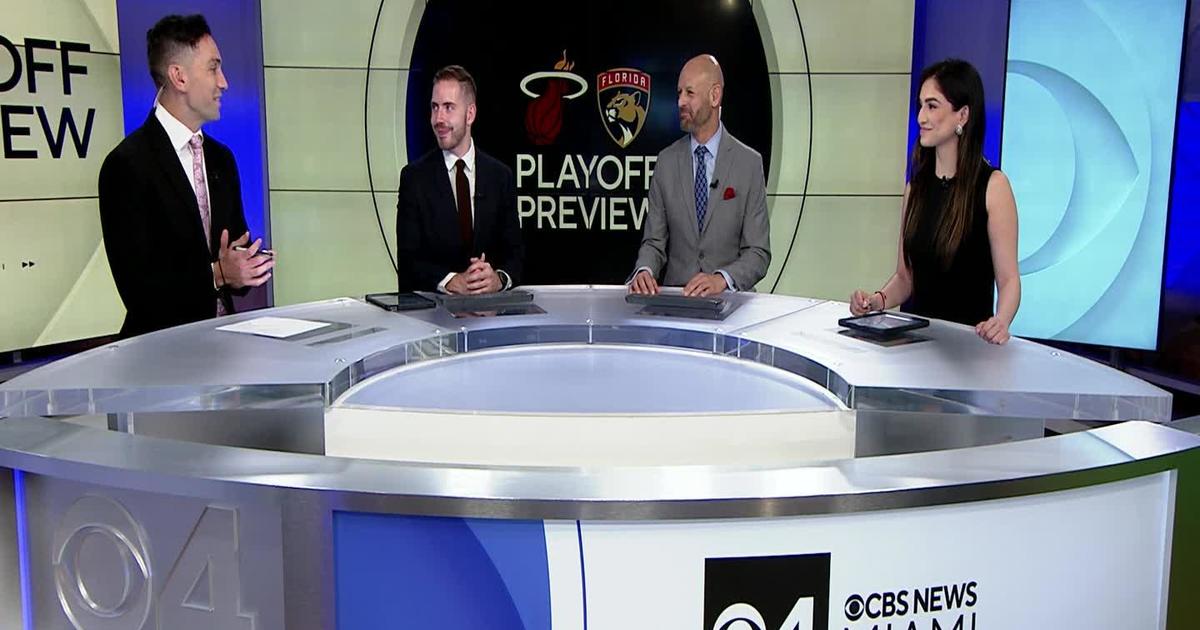Burrowing Owls Living At Miami Int'l Airport
MIAMI (CBSMiami) – As the giant 747 transitioned the ramp from the runway to the terminal at Miami International Airport, passengers who were paying close attention to the ramp marker were treated to quite a site; a family of burrowing owls sitting on the sign and at the opening to thei nest just under the marker.
MIA is home to what's described as one of the healthiest and robust burrowing owl populations in the state. Last time they were counted, there were 17 owls in residence.
Norman Hegedus is the airport manager who keeps tabs on the population. He said there have been burrowing owls on the airfield for as long as anyone can remember.
"If an aircraft were to get close to them, they will fly away," said Hegedus.
Burrowing owls are rarely airborne. They're usually found no more than 40 or 50 feet from their burrows.
Hegedus oversees Wildlife and Noise Abatement for Miami-Dade Aviation. He said there are burrowing owls living at all of the airports in the county.
"Everyone thinks in their minds that birds and aviation don't mix. They don't. But in this case, we have learned to co-exist with the burrowing owls," said Hegedus.
The species was removed from the endangered list about five years ago. Now, the burrowing owls are considered a "species of concern." Hegedus said the owls feel safe in their burrows located well off the main runways.
"The burrows can extend back up to eight feet in some cases," said Hegedus. "They go down about a foot underground."
Hegedus and his team of wildlife abatement officers go out to check on the owls each day. They make sure any burrows are at least 280 feet off the main runways' center lines, well outside of what is referred to as the runway safety area.
"Burrowing owls have stayed away from the safety areas. Somehow they have learned," said Hegedus .
The nests are in rather isolated locations where humans would rarely venture, because they're on a secure airfield.
"You won't find people out here, except a crew to cut the grass every once in a while," said Hegedus.
If a burrow is found closer to the runway than it should be, Hegedus crew will team up with Florida Wildlife Conservation to collapse the nest so the owls move on.
In some cases, the owls have been relocated to habitats at Opa-Locka airport.
"The safety of the traveling public comes first," said Hegedus.
RELATED CONTENT:



